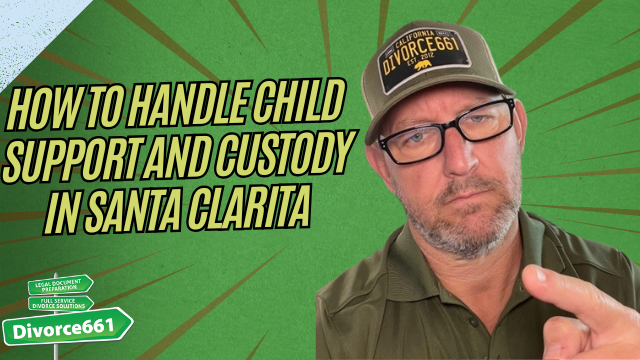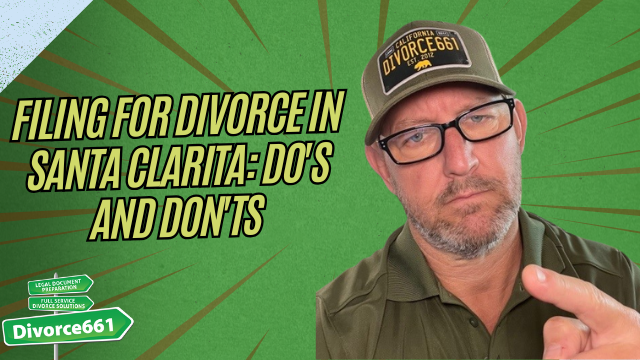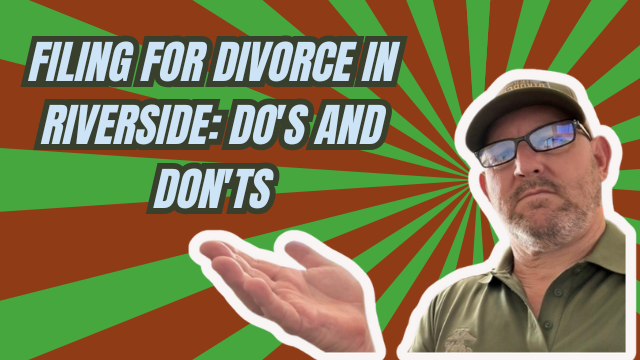⚡️ Avoid Shock and Awe for an AMICABLE DIVORCE: Santa Clarita Divorce
Divorce is never easy, but approaching it with respect and clear communication can make the process much smoother for everyone involved. Tim Blankenship, a trusted expert in Santa Clarita divorce, shares a vital tip for those seeking an amicable separation: communicate your intentions to divorce before filing any legal paperwork. This simple approach can prevent unnecessary shock and conflict and set a foundation for a more cooperative divorce journey.
Why Communication Matters Before Filing for Divorce
One of the most common mistakes people make when initiating a divorce is surprising their spouse by immediately filing papers without prior discussion. This “shock and awe” tactic often leads to hurt feelings, resentment, and defensive posturing, making negotiations difficult and prolonging the process.
Instead, openly telling your spouse that you want a divorce before taking formal steps respects their feelings and prepares both of you emotionally. It reduces the element of surprise and allows for a more thoughtful and less adversarial approach.
How to Approach the Conversation
Communicating your desire to divorce isn’t about confrontation or blame. It’s about honesty and setting a tone of mutual respect. Here are some tips to keep in mind:
- Choose the right time and place: Find a private, calm environment where you can talk without interruptions.
- Be clear but compassionate: Express your feelings honestly, but with empathy for your spouse’s perspective.
- Focus on the future: Emphasize your willingness to work together toward an amicable resolution.
The Benefits of an Amicable Divorce
By communicating openly before filing, you lay the groundwork for a divorce process that is less contentious and more collaborative. Some advantages include:
- Reduced emotional stress for both parties
- Faster resolution due to cooperative negotiation
- Lower legal costs by avoiding unnecessary disputes
- Better outcomes for any children involved, thanks to less conflict
Final Thoughts
Divorce doesn’t have to be a battlefield. By choosing to communicate your intentions clearly and thoughtfully before filing divorce papers, you can avoid the shock and awe that often complicates the process. This approach not only benefits you and your spouse but also helps create a more positive environment moving forward.
Remember, an amicable divorce starts with respect and honest communication.










